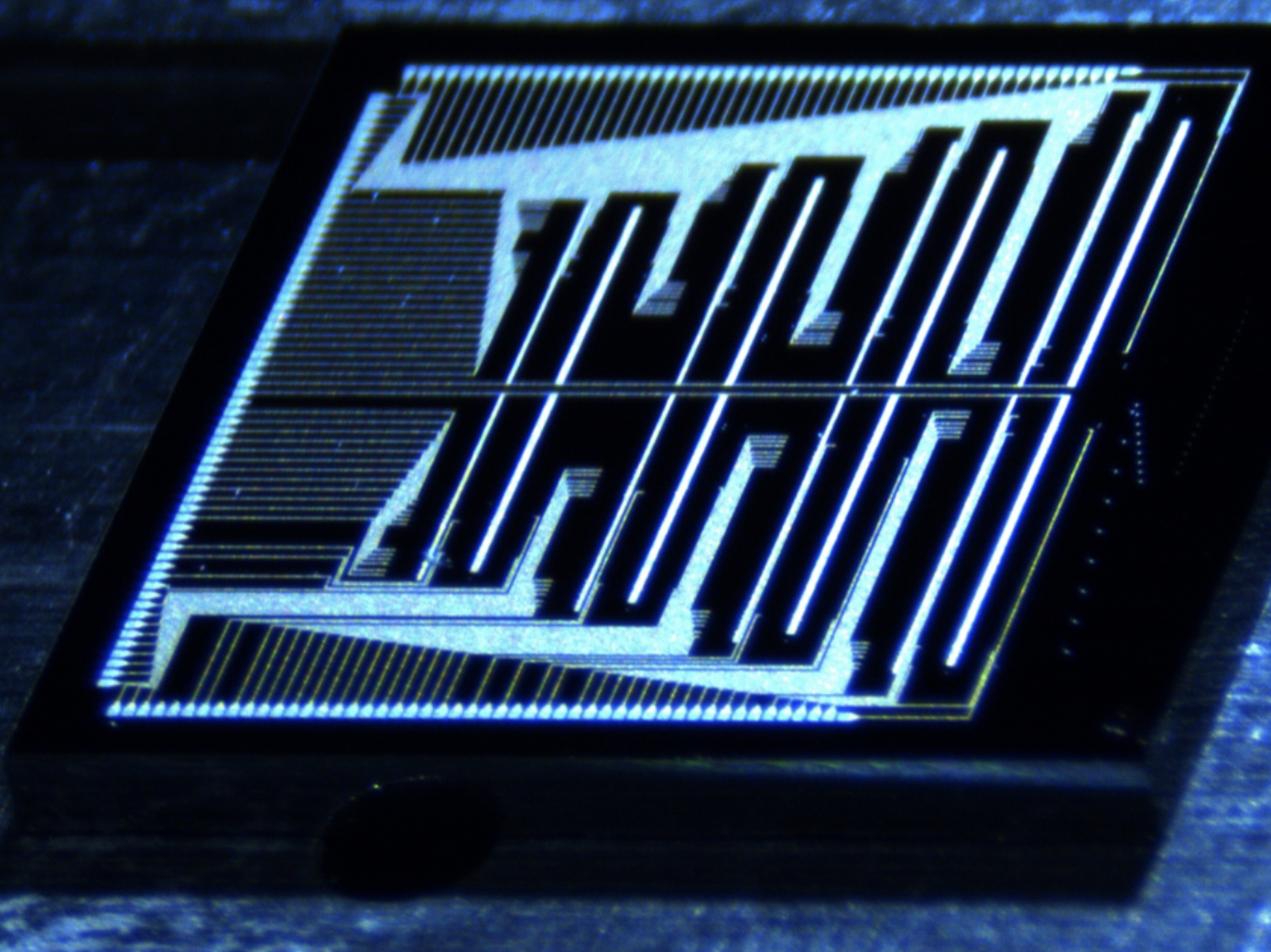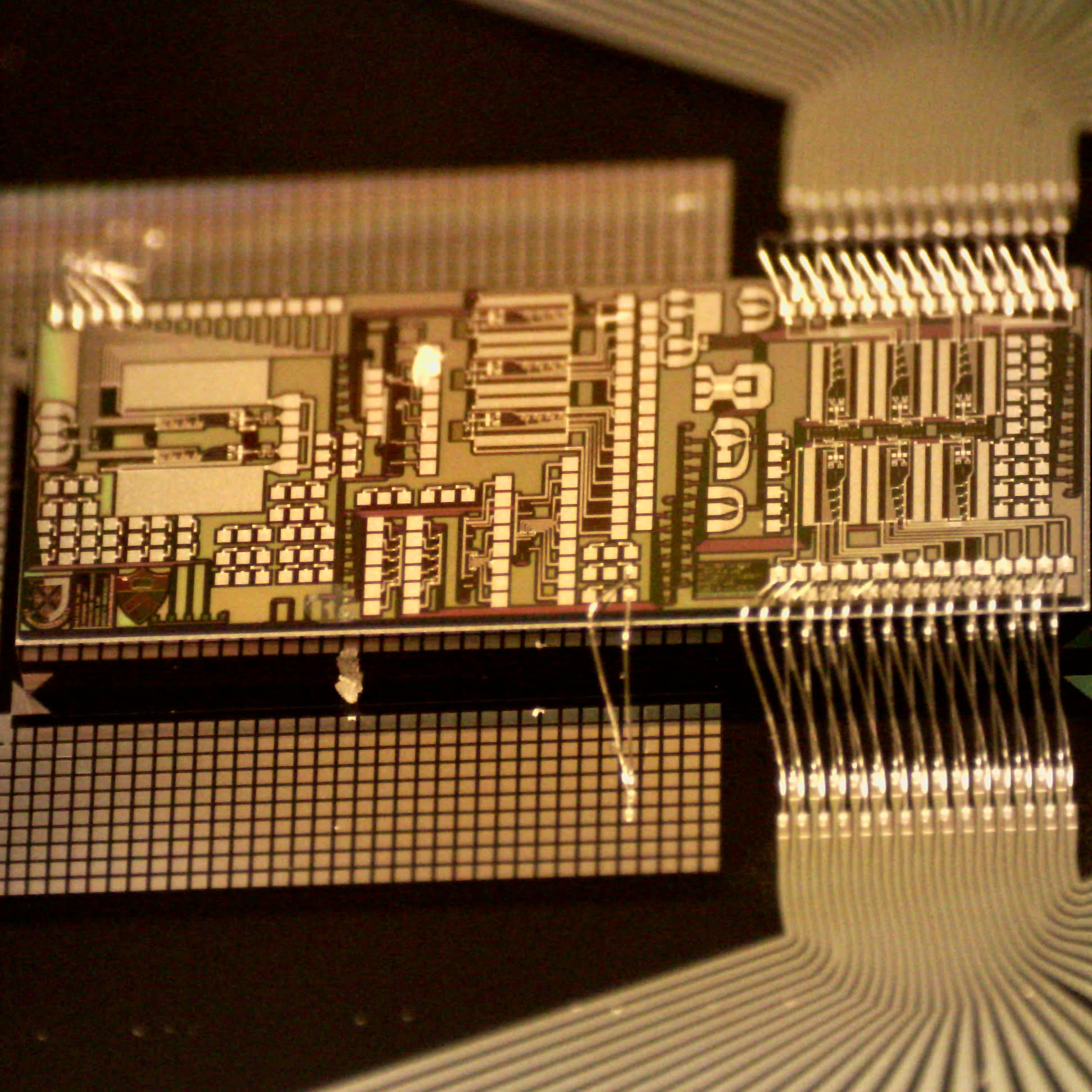WASHINGTON, DC — The Semiconductor Research Corporation (SRC)’s Joint University Microelectronics Program 2.0 (JUMP 2.0), a consortium of industrial partners in cooperation with the Defense Advanced Research Projects Agency (DARPA), has announced the creation of the $32.7 million Center for Heterogeneous Integration of Micro Electronic Systems (CHIMES). Led by Penn State, the new center will bring together 14 U.S. university partners, including the George Washington University (GW), to explore next generation chip technologies that will support and accelerate the next wave of chip manufacturing and prototyping.
CHIMES is one of seven academic research centers funded through the JUMP 2.0 initiative for improving the performance, efficiency, and capabilities of electronic systems for emerging commercial and defense applications. CHIMES participants will explore 23 research tasks through four themes aimed at advanced monolithic and heterogeneous integration under four synergistic themes, which include system-driven functional integration and aggregation; monolithic 3D densification and diversification on silicon platform; ultra-dense heterogeneous interconnect and assembly; and materials behavior, synthesis, metrology, and reliability.
Volker Sorger, head of the Devices & Intelligent Systems Group and Professor of Electrical and Computer Engineering at GW, will lead one of four themes within CHIMES focused on ultra-dense heterogeneous interconnect and assembly.
“Optical chip interconnects or photonic accelerators, dense electrical vias connecting transistors, chip heat dissipation strategies and other emerging technologies, along with novel chip packaging approaches, are critical pillars for next generation chip manufacturing,” Sorger said.
Madhavan Swaminathan, CHIMES director and head of electrical engineering and the William E. Leonhard Endowed Chair in Penn State College of Engineering’s School of Electrical Engineering and Computer Science, said that the new center will have a major impact on the future of microelectronic systems and emphasized the center’s synergy with recent legislation on chip manufacturing.
“Any research output from CHIMES needs to be translational, and capable of moving from the lab to manufacturing,” Swaminathan said. “Therefore, coordination with national efforts, such as the CHIPS Act and the Microelectronics Manufacturing USA Initiative, is critical.”
According to Roman Caudillo, Intel-SRC assignee and director of the JUMP 2.0 program, such coordination and collaboration is key to graduating what researchers will learn during the center’s first years into the future for the commercial industry.
“The DARPA innovation programs, like JUMP 2.0, drive public-private investment for disruptive innovation in microelectronics systems at scale, with the goal of mitigating technology risks and delivering critical future commercial insight and intellectual property,” Caudillo said. “The CHIMES proposal and view of the future resonated with the investors on how the future needs to evolve. We’re really excited about this partnership and to see the impact CHIMES will have in the next five years and beyond.” Caudillo noted that while the technology CHIMES researchers plan to develop is important, their support of undergraduate and graduate students is even more critical for the project.
John Lach, Dean of GW’s School of Engineering and Applied Science, said the interplay between research and education and their connections to industry will provide unique opportunities for students.
“The opportunity to gain first-hand experience on the latest chip technology offers students a real-world education that will prepare them for leadership in this important field; this is very exciting and timely.”
According to GW Vice Provost for Research Pamela Norris, the collaborative JUMP 2.0 research program and CHIMES are poised to offer far-reaching impact.
“The research conducted in this multi-disciplinary center will improve the processing capabilities of broad classes of electronics systems critical to commercial competitiveness and future economic growth,” Norris said. “We are eager to help prepare the next generation workforce, helping the region via job creation, industry support, and venture spinoffs.”
-GW-




